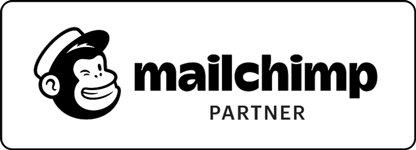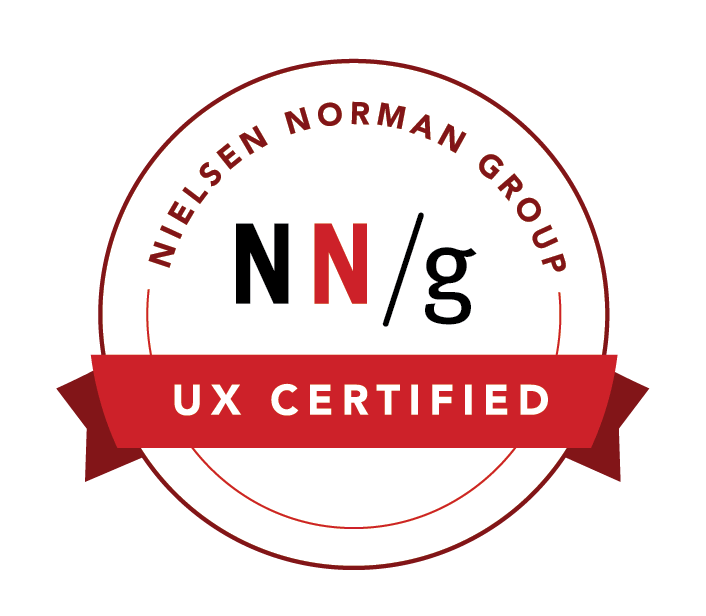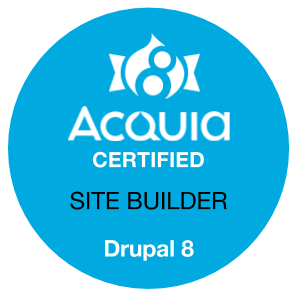Is Your Ecommerce Ready for the Holiday Rush?
September 30th, 2019
Once kids go back to school, life becomes a fast-paced roller coaster of time commitments and events to the end of the year. With limited time, and the ease of convenience, consumers are turning to mobile shopping more and more. As an online seller, is your ecommerce ready for shouldering this influx of shoppers?
We’ve rounded up a few to-do items to help you get your ecommerce efforts ready for the holiday season:
Add or Update Title Tags and Meta Descriptions
Search Engine Optimization (SEO) makes the difference between never appearing in search results and making an online sale—it’s that important.
Now is the time to review title tags and meta descriptions of your site. If title tags or meta descriptions are missing, add them as quickly as possible so that Google indexes your pages before the holidays are in full swing.
For title tags, be sure to use a relevant keyword phrase for each page, along with a punctuation break and your brand name. For example, the title tag of this article is: Is Your Ecommerce Ready for the Holiday Rush? | SHERPA Global. Keep in mind that title tags should be no longer than 60 characters.
While meta descriptions don’t have a direct impact on SEO, they do provide information in search results that could motivate shoppers to click through to your site. Clicks through to your site does impact SEO, proving to search engines that your site contains valuable information or products.
Include an Effective Call-to-Action
As you create content for product listings, emails, and social media, be sure to include one clear call-to-action in each. To ensure customers are clear about what to do next, do not add multiple calls to action to the copy of an email or a social media post.
Where possible, use call-to-action buttons (versus linked text) so that linked items are easier to click on a mobile phone.
In addition to telling a consumer what to do next, a secondary purpose of the call-to-action is to motivate them to take action—in under 35 characters.
To create an effective call-to-action, start with the action verb of what you want them to do: shop, buy, order, etc. Follow this with words or phrasing to evoke emotion, or enthusiasm. For example, “Plan your dream vacation today!” can evoke a feeling of adventure or excitement.
Effective calls-to-action often give a reason as to why a consumer should take the action. For example, you’ve likely seen calls-to-action for free items: “Download free planner sheets today!” Or “Schedule your free estimate today!” In this way, you are combining a unique selling point with the directive to take action.
Finally, calls-to-action that allude to the fear of missing out (FOMO) often can be an effective marketing tactic, if applied tastefully. Products that are limited edition, or an order-deadline driven item, fall into this category. Straight-forward, non-gimmicky calls-to-action that allude to FOMO is an effective method of spurring action. Examples are, “Buy this limited-edition shirt today!” Or, “Place your order before 11/1 to get this deal!”
Create Content Around Keywords
Now is the time to add copy to your site in the form of blogs or news articles that include keywords related to the holiday season. Adding relevant, valuable content to your site will help your site get indexed and ranked for popular holiday keyword phrases.
Do your research to find long-tail keywords in your vertical that are typically popular this time of year—phrases that include words like sale, discount, coupon, deal, etc.
Plan Enticing Email Offers
As online shopping begins to ramp up in November, now is the time to create your email marketing strategy using various promotions such as dollar-value savings, buy-one-get-one (BOGO), percentage discount, free gift or free shipping.
Dollar-value savings helps consumers feel like they are receiving free money rather than saving money. When an offer is “Get $10 off an order of $25 or more,” companies see up to a 170 percent increase in revenue and a 71 percent increase in conversions, according to a study by Entrepreneur.
Buy-one-get-one offers encourages consumers to purchase more items than was originally intended, therefore increasing the average order value.
Offering a free gift with minimum purchase is a great way to increase sales and move inventory that has become stagnant. A study by the Journal of Marketing found that consumers who received a free item talked about the company 20 percent more than those who paid for the item.
Shopping cart abandonment is real. In fact, 41 percent of shoppers say they have filled an online cart with goods and abandoned it within the last year. Across industries, the abandonment rate is 76 percent. Offering free shipping when a cart price threshold is met can be an effective way to motivate shoppers to complete purchases. With big box stores often offering free two-day shipping, not offering a free-shipping option will hurt your conversion rates.
With a few updates to your site like title tags and meta descriptions, and creating an email plan for delivering holidays offers, you could see exponential gains for your ecommerce store this holiday season.
The above are just a few ideas to consider. What tips do you have for getting your ecommerce ready for the holidays?





